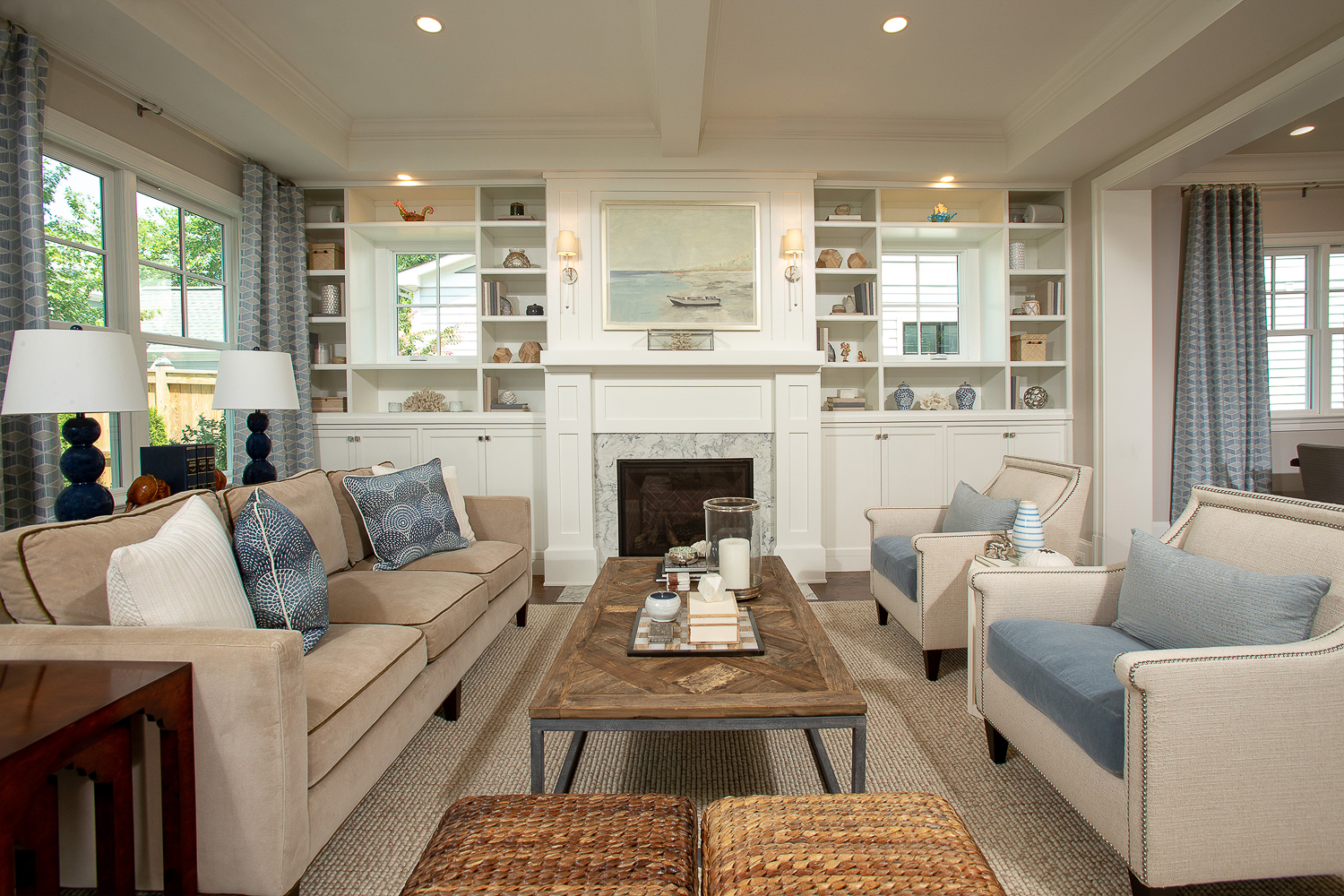Homebuilding and remodeling have a reputation for running long and over budget. While some things can’t be helped, taking some steps upfront to get clarity and specifics can help prevent a lot of unpleasant surprises and frustrations with the process. Here are some good rules to follow when working with a home builder.
1. Google is not your friend
In the business world, it’s called “due diligence” – doing research in advance so that you know what you are getting into. Home construction doesn’t tend to be an area of expertise for the homeowner, so there’s a lot to learn. Unfortunately, most searches will result in information that paints in broad brush strokes.
For example, there are thousands of articles about the average time for a construction project, many of which draw regional distinctions (i.e. cost in Michigan vs. cost in Arizona). What these articles fail to reveal are nuances like hyper-local permitting times that may impact a project in Alexandria, VA, differently than the same project a few miles away in Fairfax. Additionally, some home builders list pricing online, but the scope is deceptive and way less than the eventual cost.
2. Read the fine print
We assume that you are planning to work with a reputable home builder who is licensed, bonded, and insured. You will be getting a proposal as well as a contract to review. Hidden in these documents are some critical aspects of home building or remodeling that you need to be careful to understand, or your costs could quickly exceed your expectations. If you see the term “exclusions,” read carefully! Often a contractor won’t be quoted for the work of necessary professionals like an engineer (whose sign-off may be necessary for permitting), or otherwise exclude some necessary part of the project, which means that you will have to pay extra for this.
Another red flag is the “allowance,” which is a line item like tile, fixtures, or appliances that is not determined in advance. Instead, the contractor puts in a best guess on the possible cost. If they are trying to put in a competitive bid, this estimate will be for entry-level, cheaper options, which means the ultimate cost will likely be a lot higher when you pick something a little higher end for your home.
3. Model homes are for display only
When your new home is part of a planned development, you may have the opportunity to tour a model home with the home builder. These are a great way to get a very general sense of how your home could look, but they can be misleading. On the one hand, a model home might feature some of the very highest-end options while the literature quotes the lowest end, setting up an unrealistic expectation that you can get the model home for the entry-level price. On the other hand, some model homes will feature entry-level options, and you end up blowing your budget on customization. Either way, when basing your costs on a model home, be sure to get pricing for the range of options and upgrades so that you know what you are ultimately paying.
4. A fixed price … isn’t
Fixed-price construction contracts can be really deceptive. One of the most common ways to conceive of construction costs is to think in terms of the resale value – i.e., the cost per square foot. However, in home construction, the math doesn’t work that way. For example, a four-bedroom, 3 bathroom house will require certain elements like walls, plumbing, and electrical no matter the size, so a 3000 square foot house will be more expensive per square foot than a 10,000 square foot house.
5. Micromanagement works upfront
Before you even get to a signed contract, you should work with your home builder to understand all the moving parts, their cost, and timing, so that you truly understand what you are getting into when you sign. This can take a little longer, but it also gives you much more control and foreseeability. Insist on priced, line-item proposals to make decisions on every aspect of the build, and give yourself the possibility to make changes to suit your personal taste. For example, kitchen appliances on average in the Arlington, VA, area cost $15,000, but you have the option of shopping for bargains or requesting higher-end brands to suit your personal budget and taste.
At Alair Homes, we believe in transparency and details to make sure we are on the same page with our clients. We use a line-item, realistic approach so that we are working with our clients to set their expectations and deliver as promised. If you want to have a construction experience that minimizes unpleasant surprises, contact us today to talk about working with us.
